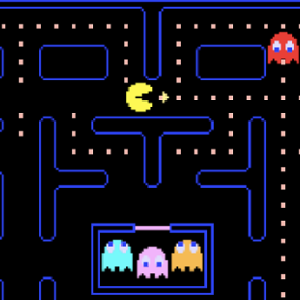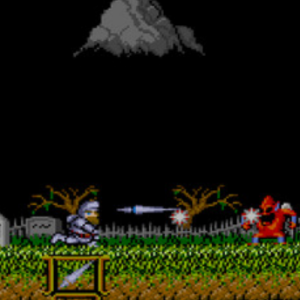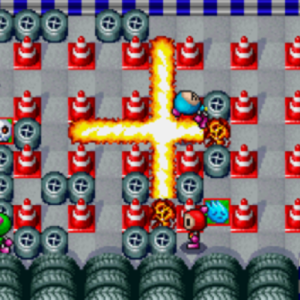
NES Tetris
Similiar games
NES Tetris emerged in the late 1980s as an adaptation of Alexey Pajitnov’s groundbreaking puzzle game, reimagined for the Nintendo Entertainment System. Its premise is deceptively simple: rotate and place a cascade of tetrominoes to form and clear horizontal lines. As lines are completed, they disappear, allowing the player to continue the game. The charm of NES Tetris lies in its minimalist design and its immediate, gripping challenge, which has captivated players from all walks of life, heralding it as a quintessential example of puzzle gaming.
Strategic Depth and Accessibility
What makes NES Tetris a compelling game is the balance it strikes between accessibility and strategic depth. The game starts off at a gentle pace, allowing newcomers to grasp its basic mechanics easily. However, as players progress, the tetrominoes begin to fall at a faster rate, demanding quick strategic thinking and sharp reflexes. Players are encouraged to plan their placements carefully, considering both the current piece and those forthcoming, to maximize their scores and manage the increasingly limited space. Mastering the game is a testament to one’s patience and strategic planning, as achieving the coveted ‘Tetris’, clearing four lines simultaneously, requires foresight and precision.
Cultural Impact and Lasting Legacy
The legacy of NES Tetris extends far beyond its gameplay. It became a cultural icon, influencing an entire genre of puzzle games and becoming a staple in competitive gaming, highlighted annually at the Classic Tetris World Championship. Its appeal lies in its universal challenge, a game of infinite possibilities and endless enjoyment that transcends language and culture.



















